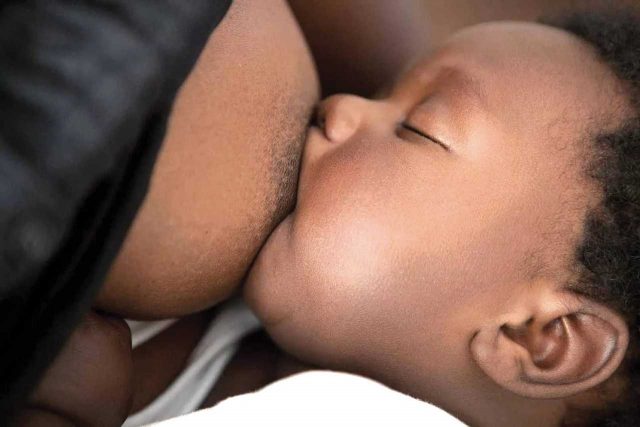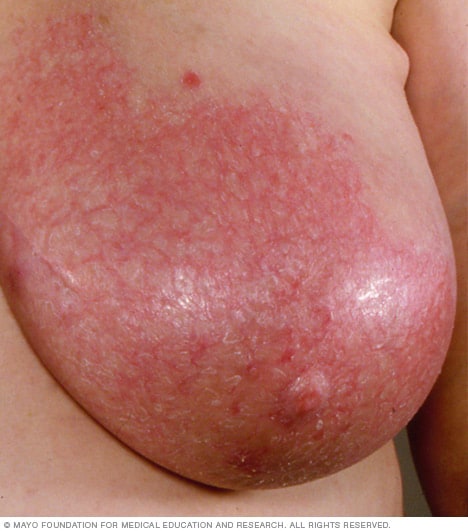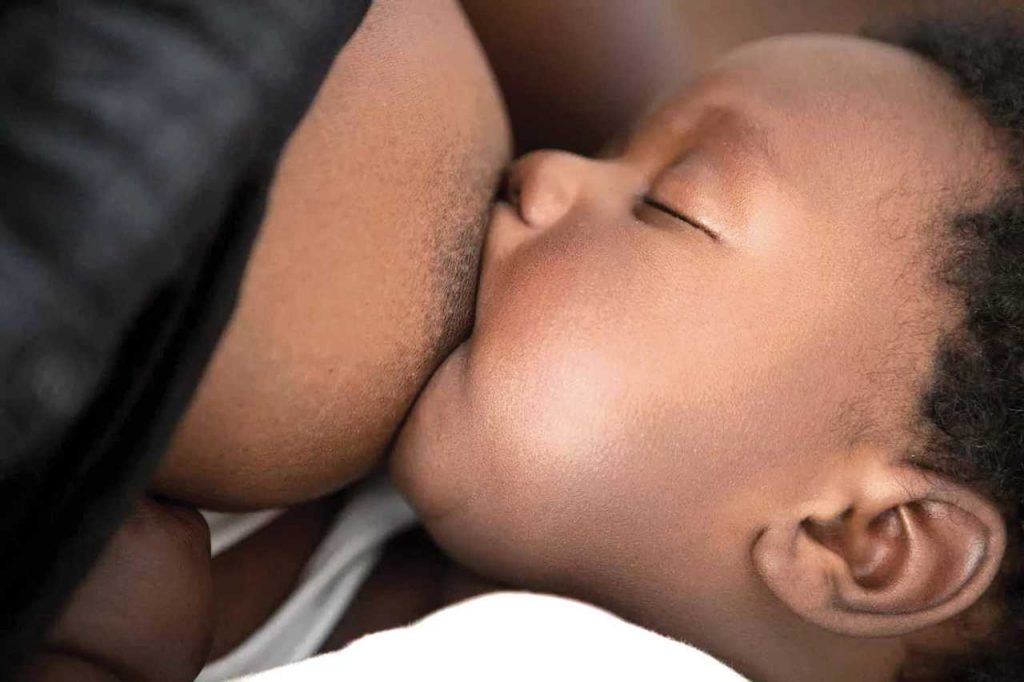
How Do You Get Mastitis, Symptoms, Treatment
Mastitis is a disease of the breast that causes pain & swelling of one or both breasts. It can occur in both breastfeeding & non-breastfeeding women. In rare cases, it can also be seen in men.
A number of non breastfeeding women who develop this breast pain or swelling, might fear that its a sign of breast cancer.
Table of Contents
- What is Mastitis
- Causes/How do you get Mastitis
- Symptoms of Mastitis
- Risk factors
- How Do Breastfeeding Mothers Develop Mastitis
- Prevention
- Tips for managing Mastitis
- Treatment of Mastitis
What is Mastitis
Mastitis is a medical condition that occurs when there is inflammation of breast tissue. It could occur as a result of infections from various microorganisms.
How do you get Mastitis/Causes of Mastitis
The pain & swelling seen in this disease is usually due to infections from bacterial agents like Staphylococcus aureus, S. epidermidis or streptococci.
This organisms usually lives on the skin in normal conditions. It is normal to have them there. But, due to open wounds or cracks, they find their way into the blood (body), where they do not belong, and this is when they cause problems. In the case of mastitis, they infect the breast and cause the breast tissue to swell, leading to pain & the fever seen in this condition.
There are different categories of Mastitis. They can be; milk stasis, non-infectious or infectious, inflammation and abscess.
Symptoms of Mastitis
In the early stages of the disease, you might feel pains around your breast region all the time or while breast feeding (in mothers), swelling of the breasts.
In the later stages, you can have fever and in some cases, an abscess can develop. These symptoms develop very quickly without any warning.

Lactation mastitis (in breastfeeding women) usually affects only one breast. The affected breast can then start to appear lumpy and red. Some women may also experience fever like symptoms like: body aches, shivering, fatigue (tiredness) among others. You should contact your doctor when you have these symptoms.
Risk factors for developing Mastitis
There are a number of habits that can cause you to develop this condition. Some of them are;
- Having wounds on the nipple, can increase the chances of contacting infection by the organism that causes the disease.
- Using tight clothing or tight-fitting bras may also cause problems as they compress the breasts.
- It can also be caused by direct injury (hit/blow) to the breast tissue. This type of hit can happen for example during sports activities or due to seat belt injury.
- It can also be seen when there is contamination of a breast implant (in those who had breast enlargement surgery) or any other foreign body, for example after nipple piercing.
- breastfeeding mothers have more risk of having the disease, especially if they have sore or cracked nipples.
- The chances of getting the disease increases if mothers breastfeed using only one position.
How Do Breastfeeding Mothers Develop Mastitis?
Trapped Milk in the breast is the main reason for the development of mastitis.
Sometimes, as a result of a tight fitted bra, incomplete emptying of the ducts in your breasts can result. This can cause one of your milk ducts to become blocked. This blockage causes milk to accumulate inside, leading to breast infection.
Also, bacterias from the surface of your skin or the mouth of your baby can enter the milk ducts through a crack (wound) in the skin of your nipple or through a milk duct opening. Stagnant milk in a breast that isn’t emptied provides a breeding ground for the bacteria.
Prevention of Mastitis
- Feeding relationship between the child & the mother is very important. It should not be over looked. You can ask your doctor for tips about ideal breastfeeding methods.
- Avoid putting on tightly fitted bras and avoid repetition of bras as much as you can without washing them.
- Practice the habit of allowing your baby to completely finish one breast during breastfeeding, before changing to the other one.
- You should also change the position you use to breastfeed during feedings. Try to see that your baby’s mouth properly latches on to the breast.
- Avoid tying a dirty wrapper on the breast without bra.

Tips for managing Mastitis
Note that It is completely safe to keep breastfeeding your baby, if you have mastitis. It has been observed that breastfeeding actually helps in clearing the infection. Stopping your breastfeeding can actually worsen the signs and symptoms you are having.
Prolonged Overfilling: Do not allow too much time between feeds. This can cause overfilling of your breast with milk and it can worsen your symptoms.
Engorged Breast: If your breast appear too filled, it would be difficult to latch your baby properly. In this situation, expressing a little amount of milk by hand before commencing the breastfeeding can be of help.
Breast Massage: It is a good practice to massage your breast from the area affected, down to the nipple during feeding. Try to empty your breast during each feeding. If you find it difficult to do this, you can try using warm, moist heat on the breast prior before you start feeding.
Start your breastfeeding from the affected breast first, especially when your baby is very hungry and is sucking very hard. This would help to drain the breast better.
Treatment of Mastitis
The treatment options depends on the cause. Available options includes:
- Antibiotics: Most cases of mastitis are caused by bacterias, as we have mentioned before. hence, a 10-day course of antibiotics would be needed to clear the infection. Remember to always finish your dose of antibiotics as prescribed to reduce chances of recurrence. See your doctor for information on the drugs and dosage.
- Pain relievers: You may use some pain reliever, such as paracetamol to manage the pain.
Departments that treat this condition: Gynaecology
Leave a reply
Leave a reply